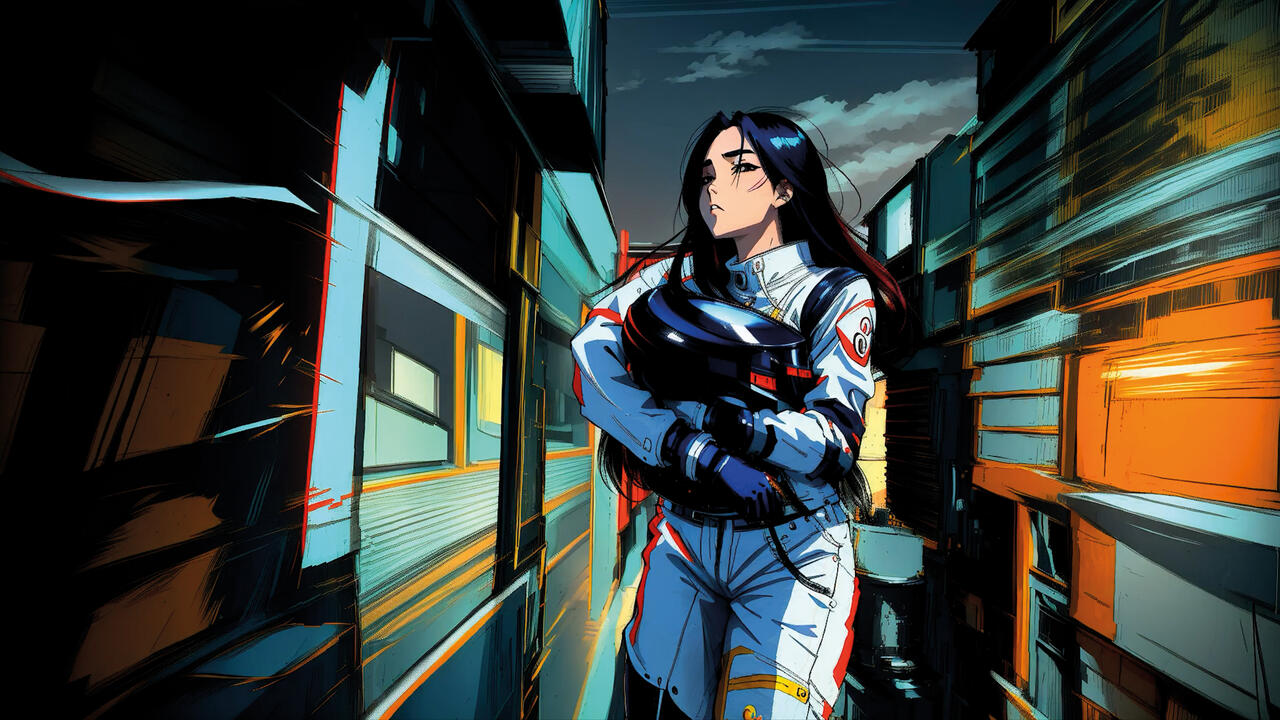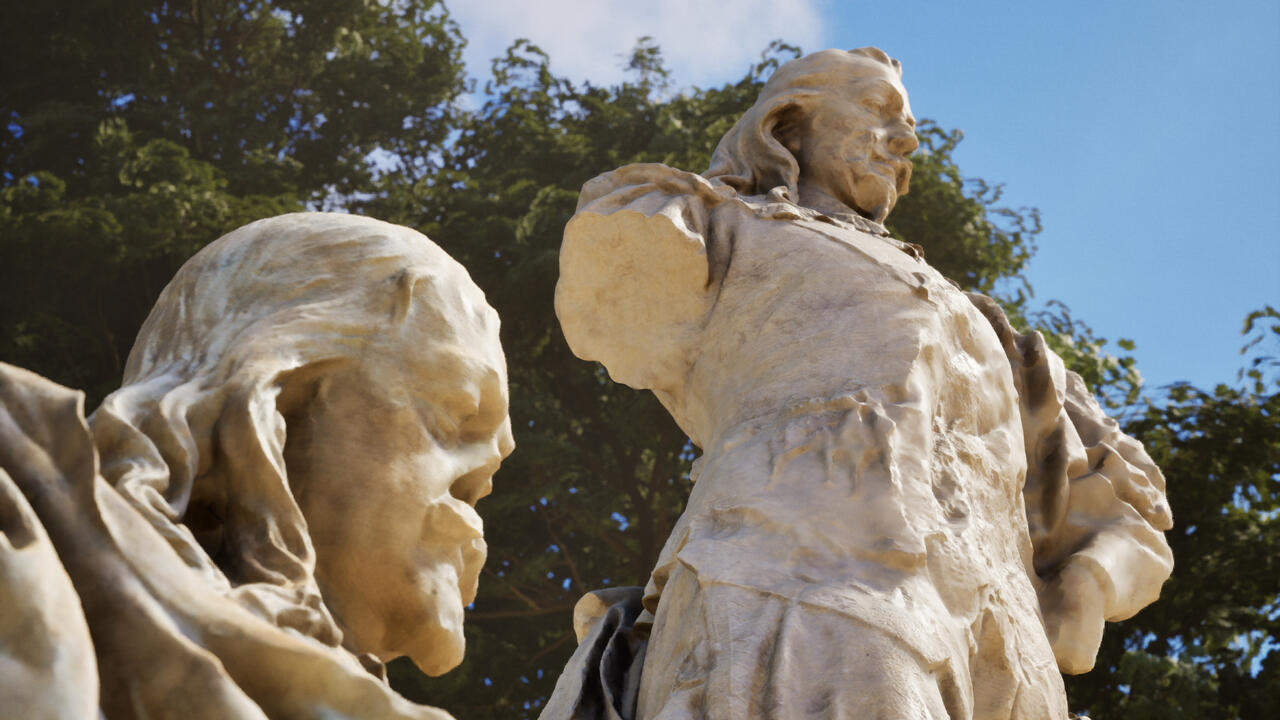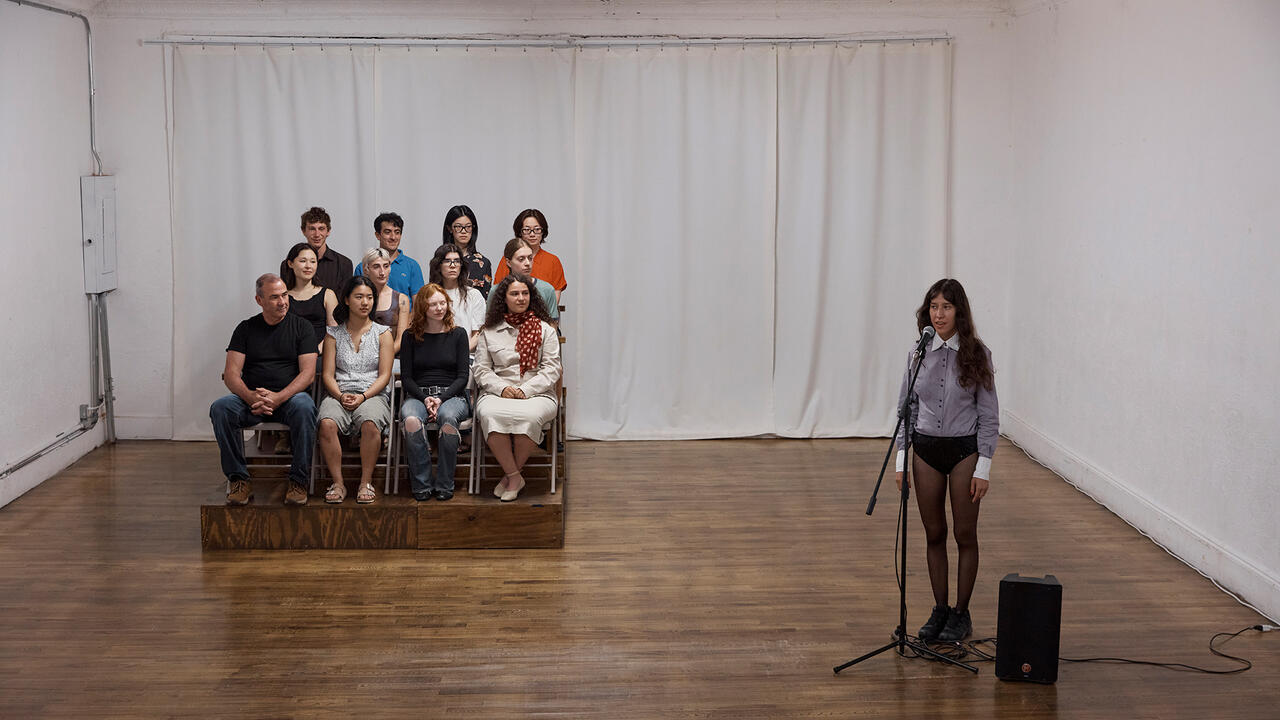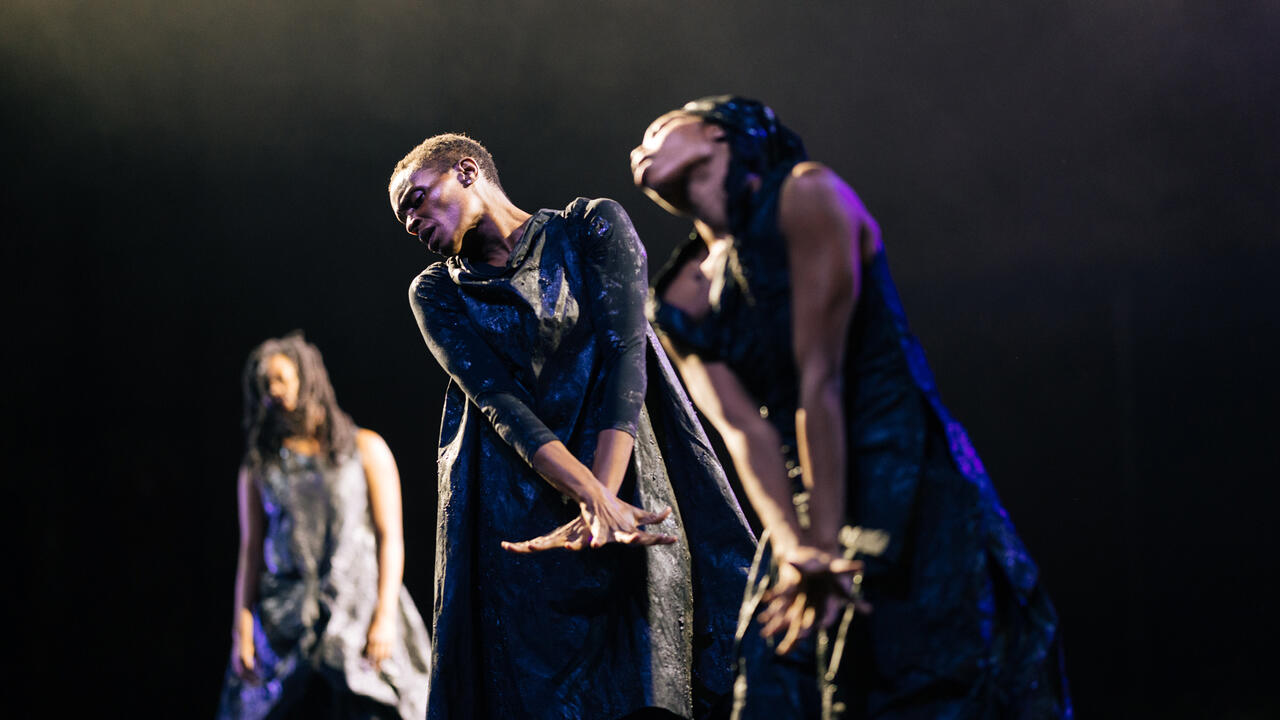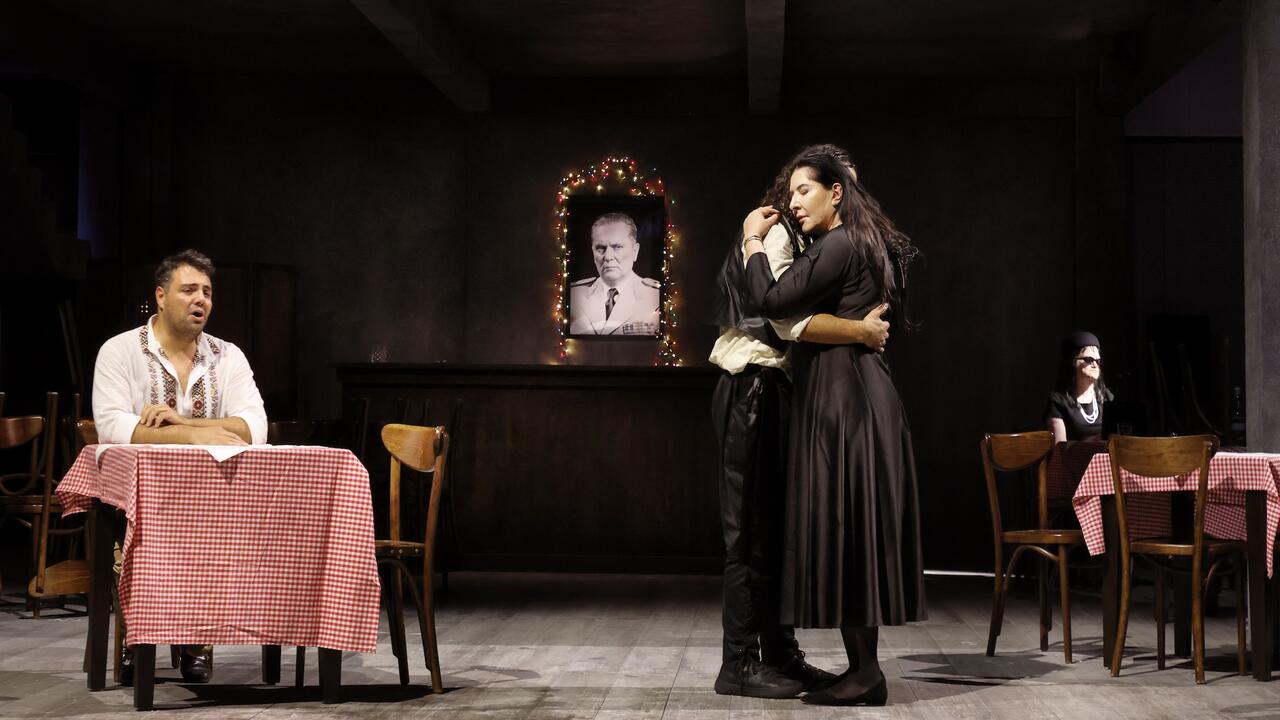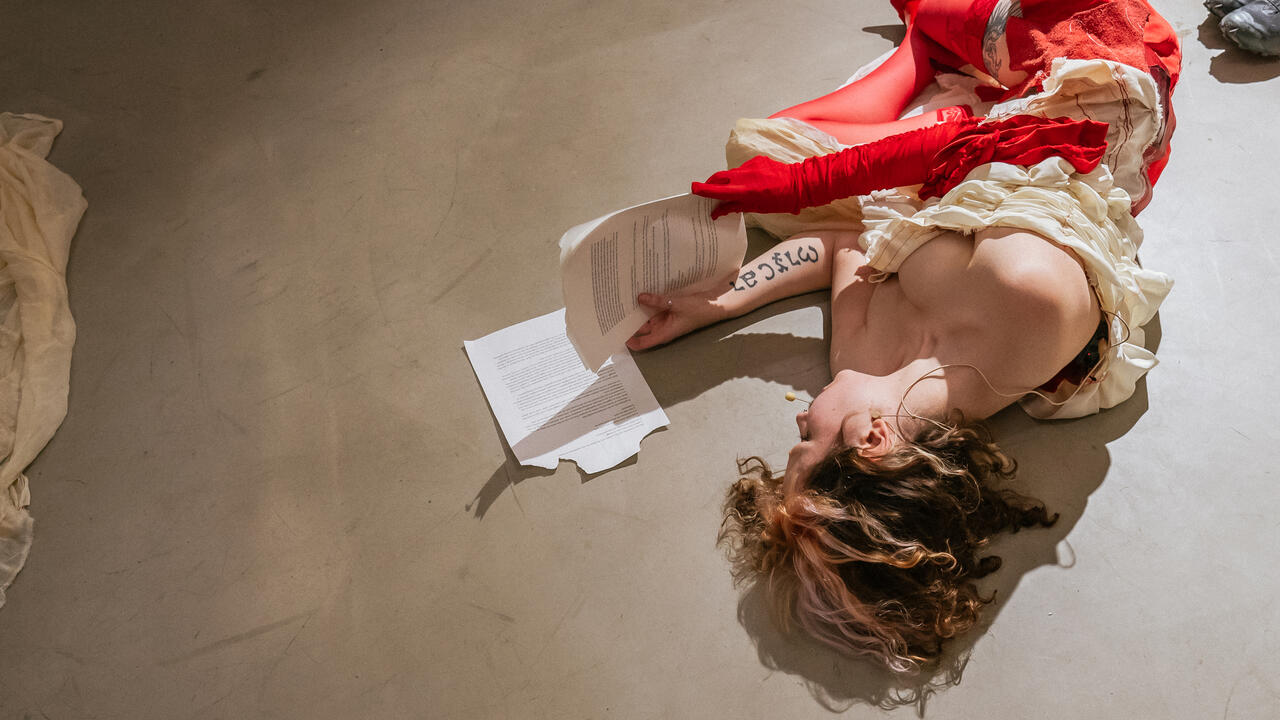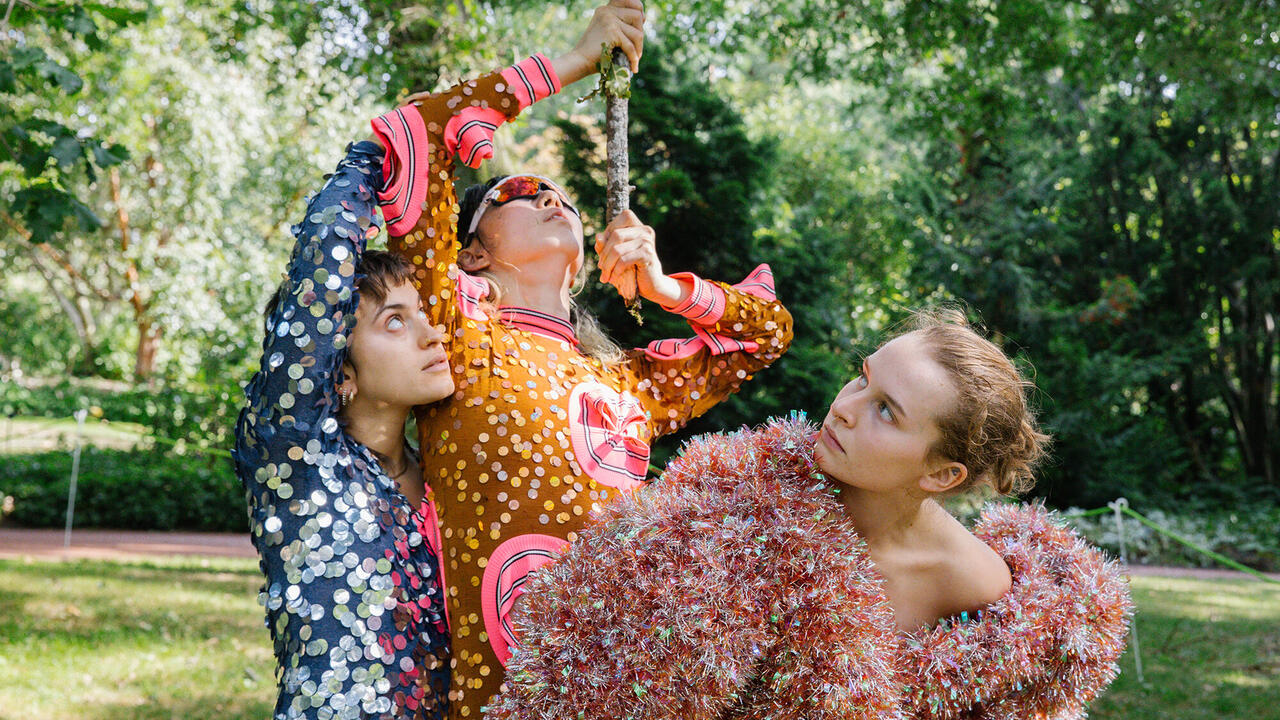Haunted House
Thinking about propaganda, palimpsests, and a presentation of Tino Sehgal works in Moscow
Thinking about propaganda, palimpsests, and a presentation of Tino Sehgal works in Moscow

Propaganda might still be with us, but it’s in a strange place these days, streaming through Facebook troll factories or relayed by armies of Twitter bots. Like ‘post-truth’ or ‘fake news’, it’s also one of those surface terms that seems emptied of all significance. But for anyone watching the extraordinary scenes from Zimbabwe over the last week streamed on state television – once Mugabe’s surefire propaganda channel used to broadcast his version of the country’s foundational myth – it’s become even more pressing to understand how propaganda behaves. On a recent trip I took to Moscow to see a presentation of Tino Sehgal’s immaterial, intimate and immersive ‘situations’ at the New Tretyakov Gallery and Shchusev Museum of Architecture, launched by the V-A-C Foundation, watching how these artworks interacted with institutional ecologies got me thinking about propaganda’s own capaciousness to rework nostalgia and legitimacy, returning to reinvent them at threshold moments.

In the Shchusev, I meet a child, who asks me how I define progress. So begins a chain of murmured conversation that fills Sehgal’s This Progress (2006) – here, a cohort of trained interpreters pass visitors between each other, slowly leading them up through the building’s gridded staircase. There’s a voyeuristic quality to the work as it plays out here; it’s impossible not to look down the staircase at the ascending couples – the moment they enter the space, they are entering the work – turning the museum into a curious kind of panopticon. But the paradox of This Progress, despite the personal, moving encounters that you’re walked through (from the first child who greeted me in rushed, embarrassed English to an elderly woman remembering a now-dead husband) is that no one in it is ‘authentic’. Even the volunteers are acting out a certain kind of deception, even if it doesn’t preclude the deep meaning and emotions embedded in their stories. In This Variation (2012) at the museum’s top floor, visitors and dancers further blur in a pitch-black room – as you enter the space to the guttural blast of acapella hard-rock singing and beatboxing, it takes some time to adjust as throbbing, pulsing bodies recreate that feeling of being awkwardly caught in a sweaty club. Despite the unmarked, almost anonymous appearance of these works at the Shchusev, there’s a sense of art historian Claire Bishop’s argument that the restrictions that Sehgal ties around his works – the ban on photography, press releases, catalogues and other documentation – functions almost like a canny piece of viral marketing for an information-saturated age.

Walking through the Park of Arts to get to the State Tretyakov on Krymsky Val, abandoned Lenin statues and revolutionary monuments invoke a peaceful kind of Soviet kitsch – a nostalgic experience which feels a long way from Russia’s propaganda machine of today, engaged in acts of grand international cyber-warfare. If the park is where propaganda goes to die, then its adjacent museum is home to a superb collection of suprematist, constructivist, and socialist realist artworks. In the Tretyakov’s galleries, we can wander past George Rublev’s 1930s portrait of Joseph Stalin, his face set into a cunning smile as he reclines with a copy of Pravda, and into a room in which a woman, dressed as a gallery guard, circles around in clean white sneakers, crooning ‘this is propaganda’ in shifting thirds. The appearance of This Is Propaganda (2002) in a space like this is the apotheosis of the tight psychological loops Sehgal weaves – the sensation of being unable to escape a siren-like inner monologue. In Kiss (2002) a couple entwine their bodies, cycling in slow motion through kisses from art history, running from Auguste Rodin to Constantin Brâncuși to Jeff Koons. It’s a work that has an almost palimpsest-like effect, taking place beneath giant oil portraits of Stalin striding across boulevards and presiding over military committees, turning the space of the museum into a haunted room of half-remembered poses. The effect was, by all accounts, even more moving earlier in the year, when the Shchusev hosted Sehgal’s Kiss (clean version) (2006) which placed the couple, this time naked, in complete darkness (one visitor told me the experience was like watching a Henry Moore sculpture in white marble come to life).
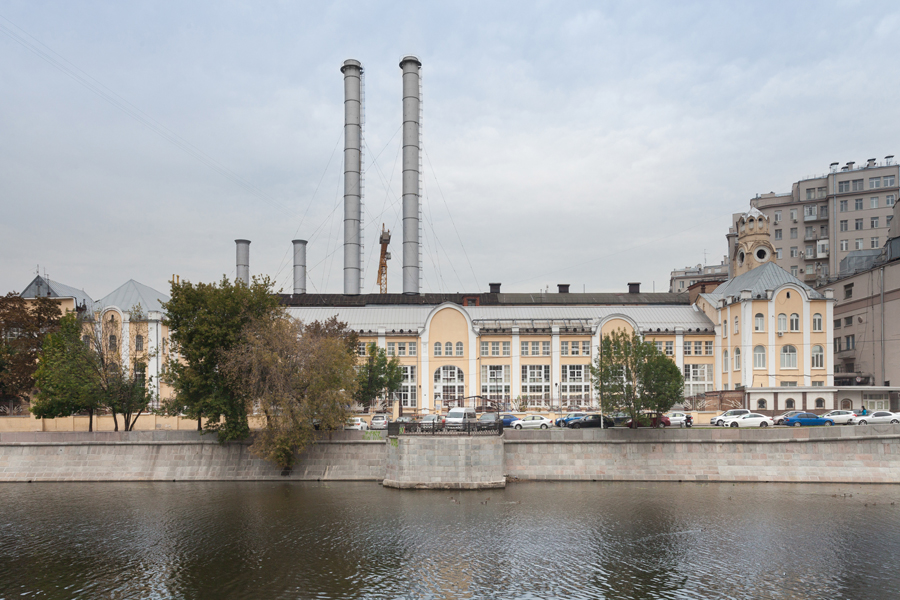
Behind all of this is the ambition of the foundation responsible. The V-A-C Foundation, which champions ‘Russian contemporary culture’, was founded in Moscow in 2009 by Leonid Mikhelson. As CEO of Russia’s largest independent natural gas producer, Novatek, Mikhelson is worth USD$14.4 billion according to Forbes, and is sometimes described as ‘the richest man in Russia’. But Mikhelson has also become a keen art enthusiast and philanthropist. You get the sense, sifting through interviews with him, that the project has been driven less by any sense of sustained connoisseurship and more from the enthusiasm of his young daughter Victoria (V-A-C’s full name is ‘Victoria, the Art of being Contemporary’), who studied art history at New York University and London’s Courtauld. That said, Teresa Iarocci Mavica, the Neapolitan who directs the foundation (who met Mikhelson at the 2007 Venice Biennale and, by all accounts, offered him a brutal critique of his personal art collection, persuading him to turn to contemporary work) offers a grander explanation: ‘he understands that all empires will end one day, and all that will be left is culture’, she once told a reporter.

I took a look at the future home of the V-A-C, which is currently without a permanent space for exhibitions in Moscow (although the foundation did open an exhibition and residency space in the 18th-century Palazzo delle Zattere in Venice earlier this year), and has so far relied on being hosted by other institutions in the city. The GES-2 former electric power station is being renovated by Renzo Piano Building Workshop, on the banks of the river in the city’s Bolotny Island (the design non-profit Strelka Institute is around the corner, and the Kremlin is just across the water). The building, built between 1904 and 1907, has its own place within Moscow’s industrial heritage. The central nave still retains its original metal framework, and the chimney is currently being reworked into a ventilation shaft. On the day that we walk through the building site, with its innards torn out, all that’s left is dark sonorous space and scraps of green period tiling on the walls. It’s a great, brooding palace. But when it was originally designed, the power station featured a glass roof – it was an aesthetic project as much as it was functional – and when it opens in 2019, the vision is that the power station will be mounted by clusters of birch trees, incorporating artist workshop spaces and galleries into a building with the sensibility of a piazza. Over lunch, Mavica is keen to impress on us that GES-2 is conceived not just as a gallery, but as a public space in its own right.

‘The whole script of advertising and propaganda comes from the October Revolution’, French cultural theorist Jean Baudrillard wrote in his 1981 work Simulacra and Simulation: ‘Both languages of the masses, issuing from the mass production of ideas, or commodities, their registers, separate at first, progressively converge. Propaganda becomes the marketing and merchandising of idea-forces, of political men and parties with their ‘trademark image’’. When today’s online platforms, propaganda and advertising blur so seamlessly (a world in which Facebook’s Business Operations confidently describe Conservative Party victory in the 2015 UK general election as a ‘success story’), it’s remarkable Baudrillard traces this total saturation back to the Bolshevik revolution of 1917; the beginning of a politics emptied of all substance. Before leaving Moscow, we drop by Christie’s to see the work of Daria Irincheeva, a young St Petersburg-born artist also championed by V-A-C. Irincheeva’s work is mired in childhood memories, histories of reading, and lost ideas. Her ‘Empty Knowledge’ (2011–16) series presents shelves of painted oil-on-canvas book covers which retrace the print designs of Soviet-era textbooks, but with their original symbols and images quietly altered until they create a state of frustrating illegibility. Here, Irincheeva looked back to the old books filling the shelves of her parents’ country house, which she remembers as ‘time capsules’. At the centre of the gallery space is a small sculpture in which a dark LED screen is crumpled until it resembles a fossil. Transposed to our era, it’s easy to miss how propaganda and marketing can become a matter of nostalgia too.
Main image: Rendering of the interior of the new V-A-C Foundation in the former GES-2 former electric power station, designed by Renzo Piano Building Workshop, due to be completed in 2019. Courtesy: ©RPBW








